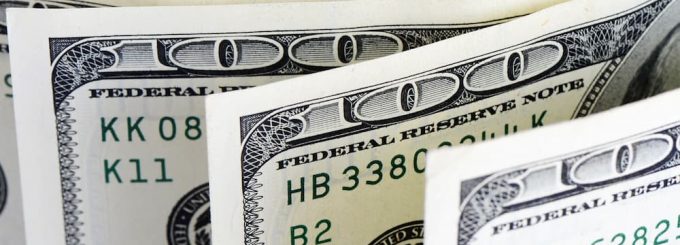How To Determine Star Note Rarity

There are a number of things to take into consideration when determining the value of a star note, the most important of which are age, condition, the total amount of notes that were printed for a given denomination, and the print run size.
How The U.S. Prints and Manages Star Notes
In the United States, print runs for star notes which are 640,000 bills or less are usually only done for specific denominations or series. Larger print runs lead to bills which are more common, while smaller print runs increase rarity.
The Smallest Print Runs Are The Rarest
The majority of collectors attempt to finish their star bill sets through the acquisition of specimens from each of the print runs. As a consequence, the smaller a given run, the more difficult it is to find the bills. For instance, the 2009 $1 star note had twenty print runs. Acquiring notes from the 1.28 million run is easy, whereas acquiring notes from the print sizes which are only thirty two thousand is much more challenging.
Run size will vary from bill to bill, with 3.2 million being the biggest ever conducted so far. However, in most cases they will be considerably smaller, with around 640,000 being considered the point at which notes begin increasing in rarity. The smallest runs can be as low as 16,000, with others being ten times this amount.
Consider The Total Amount Printed By Each FRB
American currency is usually printed by one of the FRBs, or Federal Reserve Banks. When considering the rarity of a given note, it is important to note which bank printed it and the total amount they produced, which can vary from one to another. Many collectors want complete sets with a single star note for each FRB. In the event that one of the banks has fewer print runs for star notes, there will be additional notes on the market that one can find and use to complete their set.
For example, if one of the Federal Reserve Banks has conducted three print runs, where one is 320,000 bills, the second is 3.2 million bills and the third is 640,000 bills, collectors often can ignore the 320K and 640K in favor of the 3.2 million since this allows them to finish their set with a bill that is less rare and more affordable.
Note Condition Is Always Crucial
Aside from rarity, star notes are evaluated by their condition. Even the rarest bill won’t be worth a whole lot if it’s dirty or has tears. This becomes even more important for older bills, because many are worn away and eroded by the passage of time. Few people own a bill printed 100 years ago that is rare and in outstanding condition, which is why when such bills are found they can carry a spectacular value. Plus, older star bills are often collected via the FRBs, which is why the total amount is so important.


